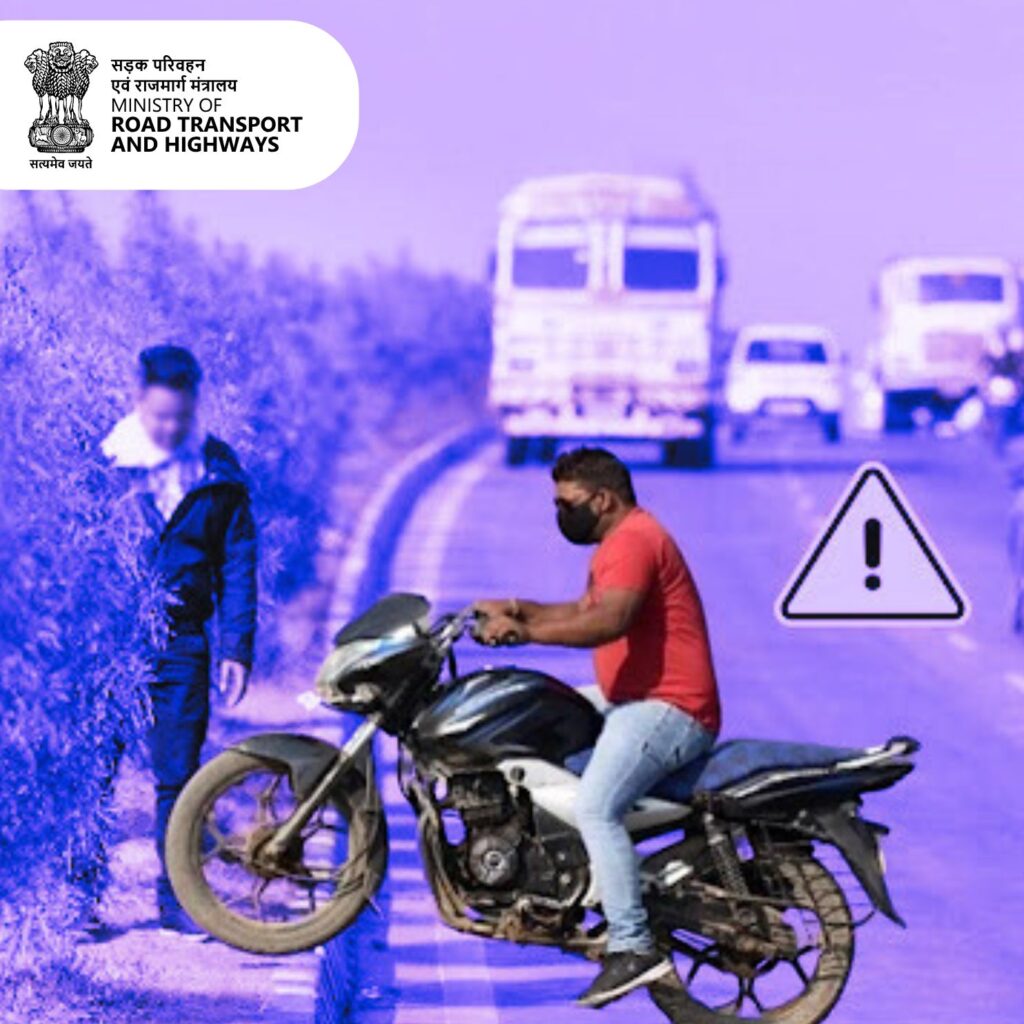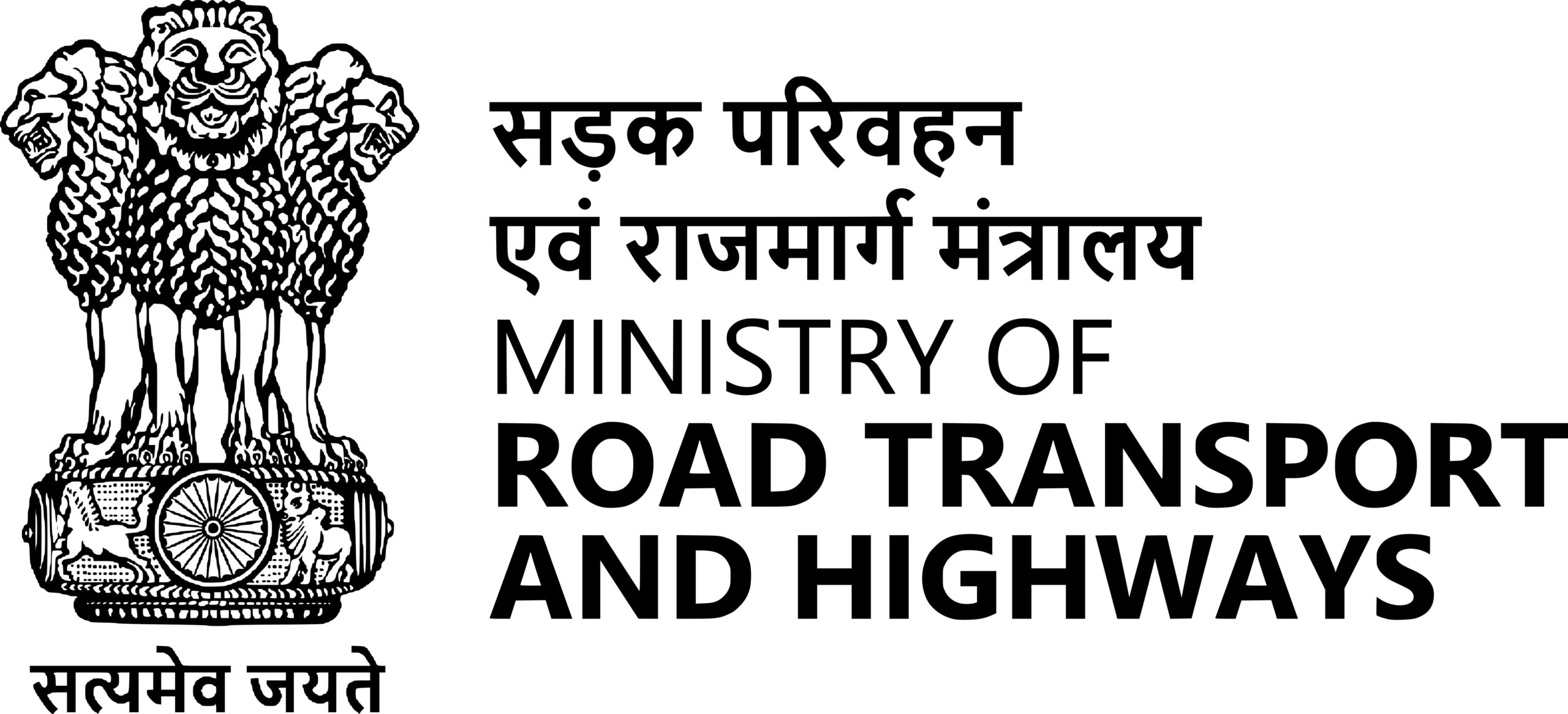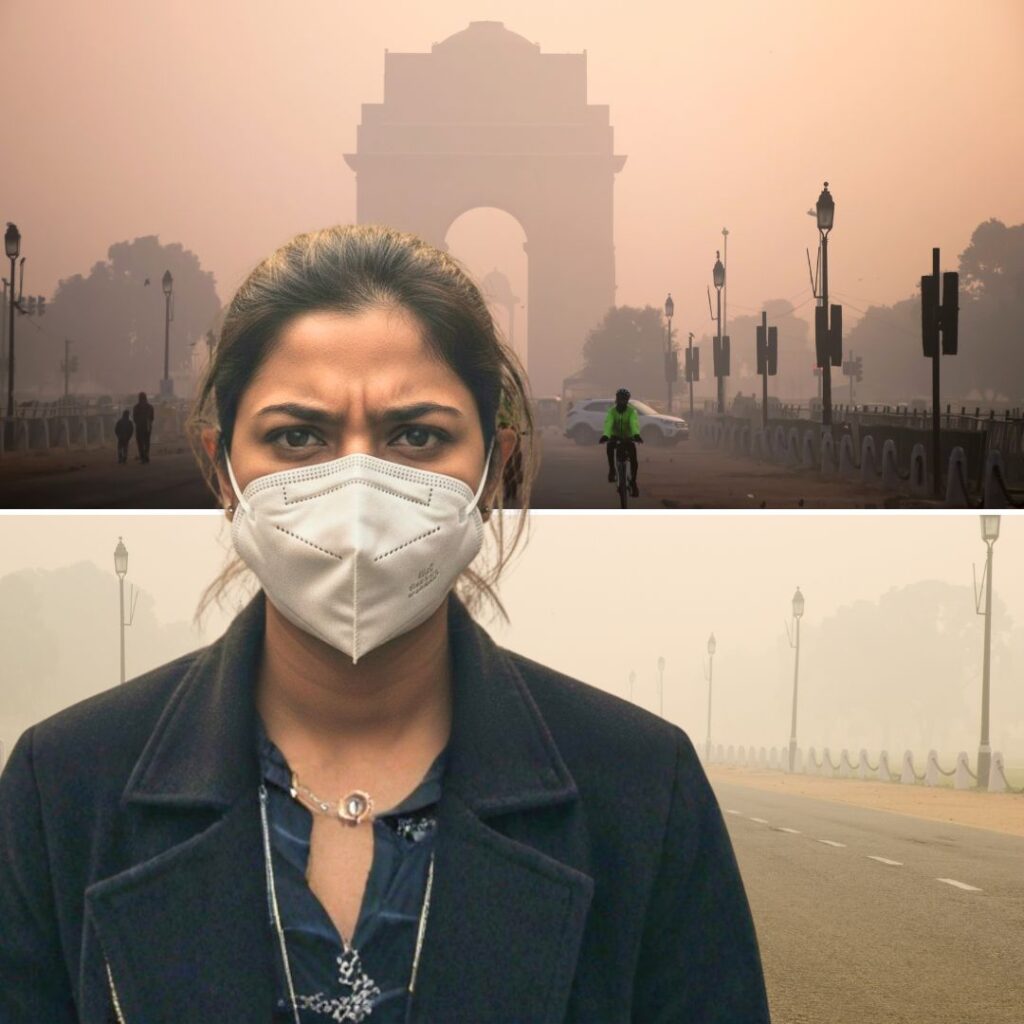Every summer many depressions are formed in the Bay of Bengal eventually passing as cyclones over India’s East coast, which sees more cyclones than the Arabian Sea and West coast.
Cyclones in the Indian Ocean are likely getting more severe with climate change, and its impact is going to be more devastating in the coming years. In the first week of May last year, millions of people were evacuated in preparation of a fast-approaching cyclone categorised as extremely severe.
Cyclone Fani landed with a wind speed of nearly 250 km per hour on May 3, 2019. The loss of life was limited to a large extent, but the destruction to property and livelihood was pegged at ₹24,176 crore. Nearly 1.65 crore people in 14 districts of the state suffered damages, the State claimed. Talamala was one place where such destruction had touched every villager. No one was spared.
Talamala, as I have pointed out before, is almost the edge of the world. Even though it’s just 40 km from Puri, Talamala is at an intersection that no one crosses — end of the district and the beginning of Chilka Lake. A speck on India’s long East coast bordering the turbulent Bay of Bengal.
Almost a year ago, on May 3, the village of over 4,000 inhabitants was one of the many torn apart by Cyclone Fani. A year on, the state is just nearing completion of immediate rehabilitation programmes as the COVID-19 pandemic sweeps across the globe, one wonders what further disaster awaits Odisha and villages like Talamala.
Even two months after the disaster, in June 2019, Talamala’s residents were living in a state of despair.
The roads up to Talamala were well-maintained, but not the ones within the village. It was as if ‘development’ had stopped right at the entrance of the village. ‘The roads are better than our houses,’ someone said at some point in the morning. ‘Maybe that’s why they made it so well. So we can just sleep on the roads. Homeless.’
To reach the village one crossed several electricity towers, twisted at their base by the cyclone. The first victims were the old power poles. The larger metal towers had withstood the first onslaught, but when the relentless winds pushed against them amidst paddy farms, they gave up. Over 25 lakh families were without power for weeks after the cyclone.
There were new high tension wires along the road. About five workers from the power department mended one pole, they would then move on to the next. And many more, until they make it to Talamala. Two months since the cyclone, and they still had nearly 10 miles to cover.
Fani disrupted power supply to millions of people across the state. Photo: Mahima A. Jain
A short drive away from the Cyclone shelter was the junior school. Children played in the front yard, lined up for the mid-day meal, washed their plates and put it out in the sun to dry.
Some children were hanging by the snapped power lines or rundown tractors. People were completely oblivious to this safety hazard. In contrast, I was reminded of that one hot summer when I working at the London School of Economics and an Indian colleague was informed he could not use a pedestal fan in his office as it was a safety hazard.
Children in Talamala played make-believe games with electric poles and wires. This is right next to the Anganwadi. Photo: Mahima A. Jain
The minute I got out of the car, I was mistaken for a government official. So little is the presence of the government, where it is most needed, that a person holding a notepad and pen is presumed to have come here for a survey. Why would anyone else come here, they wonder.
That afternoon men gathered around me to complain that no one had come to assess the wreck the Cyclone had left behind. They shared their stories of lost prospects amidst their ruined assets.
Villagers mistook me for a government official, they claimed no one had assessed the damages properly. After clarifying who I was, they insisted that I register their complaints so that I could report to the government. I first spoke to them on the front porch of a disused building. The bearded man on the right started calling the shots. I was to document the damages, he decided. Photo: Mahima A. Jain
One elderly man decided I must visit each devastated house and photograph the members. In their mind, I was here for a survey.
‘Tum unko humari maang bataoge?’ asked this bearded gentleman man. Like most other men surrounding me, he wasn’t wearing a shirt. His dark, hairless torso was bare, save a thread across his chest, announcing his caste louder than his voice could manage. The dull white dhoti was worn out by repeated use. He appointed himself as my guide and decided who I should not photograph or meet, revealing the deep cracks of casteism and class that remain intact even in times of a crisis. I was to take a photo, write the name and phone number, he said.
‘But I am not from the government,’ I told them. ‘I am just a reporter. All I can do is write about your problems.’
‘Yes, but you can tell them, no,’ the older man…










